- News
- Reviews
- Bikes
- Accessories
- Accessories - misc
- Computer mounts
- Bags
- Bar ends
- Bike bags & cases
- Bottle cages
- Bottles
- Cameras
- Car racks
- Child seats
- Computers
- Glasses
- GPS units
- Helmets
- Lights - front
- Lights - rear
- Lights - sets
- Locks
- Mirrors
- Mudguards
- Racks
- Pumps & CO2 inflators
- Puncture kits
- Reflectives
- Smart watches
- Stands and racks
- Trailers
- Clothing
- Components
- Bar tape & grips
- Bottom brackets
- Brake & gear cables
- Brake & STI levers
- Brake pads & spares
- Brakes
- Cassettes & freewheels
- Chains
- Chainsets & chainrings
- Derailleurs - front
- Derailleurs - rear
- Forks
- Gear levers & shifters
- Groupsets
- Handlebars & extensions
- Headsets
- Hubs
- Inner tubes
- Pedals
- Quick releases & skewers
- Saddles
- Seatposts
- Stems
- Wheels
- Tyres
- Health, fitness and nutrition
- Tools and workshop
- Miscellaneous
- Tubeless valves
- Buyers Guides
- Features
- Forum
- Recommends
- Podcast
feature
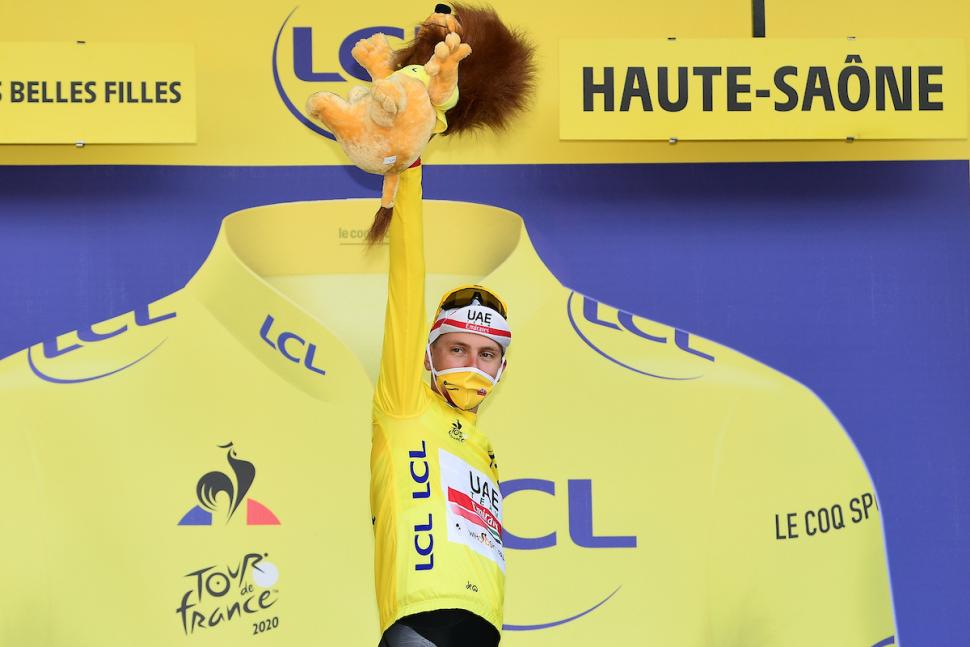 Tadej Pogacar in the yellow jersey (picture copyright A.S.O. Alex Broadway)
Tadej Pogacar in the yellow jersey (picture copyright A.S.O. Alex Broadway)Tour de France 2021 stage-by-stage preview
The 108th edition of the Tour de France starts in Brest on Saturday, back in a more familiar slot in the calendar compared to last year's race, which took place mainly in September after being postponed due to the coronavirus pandemic.
This year's race had been due to start in Copenhagen on 3 July but after being brought forward by a week following the rescheduling of the Tokyo 2020 Olympic Games, it conflicted with the Danish capital hosting a match in the Euro 2020 football tournament. Carlsberg don’t do timetable clashes, but …
Instead, the race will start in one of France’s cycling heartlands, Brittany – home to the last Frenchman to win the race, five-time winner Bernard Hinault, UCI president David Lappartient, and Arkea-Samsic, whose former British champion Connor Swift last month won the region’s biggest race, Tro Bro Leon – so expect the Breton team to be on the attack in the opening days.
The route contains eight flat stages, five hilly stages, six mountain stages – three of those with finishes at altitude – and two individual time trials, the second of which falls on the penultimate day.
Last year's edition produced some thrilling racing with Tadej Pogacar of UAE Team Emirates snatching victory from Jumbo Visma's Primoz Roglic in the final time trial. Both are back this year, while Ineos Grenadiers will be looking to re-establish their decade-long dominance of the yellow jersey with a strong line-up led by past champion Geraint Thomas and Richard Carapaz and also featuring Richie Porte and Tao Geoghegan Hart.
Home hopes rest on world champion Julian Alaphilippe of Deceuninck-Quick Step and Groupama-FDJ's David Gaudu, while others expected to challenge for a high place on the general classification include EF-Education Nippo's Rigoberto Uran, and Miguel Angel Lopez following his switch from Astana to Movistar.
Sam Bennett, winner of the points classification last year, is out due to injury, his place taken by 30-time stage winner Mark Cavendish, who won the contest in 2011, but Bora-Hansgrohe's Peter Sagan will be looking to reclaim the green jersey he won from 2012-19.
Team Bike Exchange's Michael Matthews, winner of the points contest in 2017, and fellow Australian Caleb Ewan of Lotto-Soudal, are also in the frame, as are Groupama-FDJ's Arnaud Demare, Alpecin-Fenix's Mathieu van der Poel, and Jumbo-Visma's Wout van Aert, though unlike the others he will also have a key supporting role to play in his team's GC challenge.
So, from Brest to Paris, here is our stage-by-stage preview of the race ...
Stage 1 – Saturday 26 June
Brest – Landernau (187km)
Hilly stage
All four Breton stages have sinuous routes with the first three also taking in coastal stretches. The first week of the Tour is stressful enough as it is for the riders, but if there is a strong wind today, that will raise the prospect of echelons forming, making it an especially nervous opening day.
With the prize of perhaps a once-in-a-lifetime chance to wear the iconic yellow jersey awaiting the day’s winner, the final climb – 3 kilometres at an average gradient of 5.7 per cent but hitting as much as 14 per cent early on – the finish to the stage should be an explosive one.
Stage 2 – Sunday 27 June
Perros-Guirec – Mûr-de-Bretagne Guerlédan (182 km)
Hilly stage
Starting in the spectacular scenery of the Cote de Granit Rose, this stage ends with a double ascent of the Mûr-de-Bretagne, nicknamed the Alpe d’Huez of Brittany, also tackled twice in the 2018 Tour when Dan Martin was the winner. It’s only 2 km long but averages 6.9 per cent and is even steeper in its first half. It’s worth noting that bonus seconds are up for grabs the first time it’s climbed.
The second time around, the climb is approached from a different direction, #the riders coming onto it after a 90-degree right-hand corner. There will be a huge fight for position involving not only those seeking the stage win, but also riders with GC hopes, and woe betide anyone who puncture or gets caught behind a crash ahead of the climb – they could lose significant time.
Stage 3 – Monday 28 June
Lorient – Pontivry (152 km)
Flat
Three days in, and after two uphill finishes, now the sprinters get their turn with a stage taking place in southern Brittany’s Morbihan department. It takes place on rolling roads with a couple of Category 4 climbs thrown in, the second of those coming with around 35 km to go, and with a 1,400 metre straight run-in to the line, a bunch sprint is very much on the cards.
But it’s a feature of this year’s race that many flatter stages not only have a lot of twists and turns, but are also in areas where there can be strong winds –come round a corner into a crosswind with one team putting the hammer down, and the peloton could shatter. Expect the break to be kept on a fairly tight leash and teams fighting to be at the front of the group to keep their leaders safe.
Stage 4 – Tuesday 29 June
Redon – Fougères (152 km)
Flat
The final day in Brittany is played out in the Ille-et-Villaine department, and it’s a short one, clocking in at just 150.4 km. There are no categorised climbs today, and the intermediate sprint comes with 36 km to go. Just inside the final 3 km, there’s a left-hand turn at a roundabout – riders will be fighting for the inside line, so there’s potential for a crash – ahead of an expected sprint finish.
Hosting the race for the fifth time, Fougères last saw a stage finish in 2015, a day notable for the fact that no-one was wearing the yellow jersey – the previous day, race leader Tony Martin had been shepherded over the line by his Etixx-Quick Step colleagues after crashing, and abandoned due to a broken collarbone.
Stage 5 – Wednesday 30 June
Changé – Laval Espace Mayenne (27 km)
Individual Time Trial
With Brittany behind us, we head east into the Mayenne department for the first of two individual time trial stages in this year’s race – the first time since 2017 that there has been more than one such race against the clock – and at 27 kilometres it’s a relatively short one, with a rolling profile.
What it lacks in distance or climbing, however, it makes up for with a looping course that takes the riders almost back to the start, with some very technical sections, including a hairpin with just over 2 km to go and several more 90 degree bends until the finish; the dilemma for some GC riders will be whether to go flat out and risk misjudging a corner, or keep safe and cede time to faster rivals.
Stage 6 – Thursday 1 July
Tours – Châteauroux (144 km)
Flat
Today has pretty much the gentlest of Category 4 climbs at just before the halfway mark, but appears to be another one that will end in a sprint finish, and in a town where Mark Cavendish – returning to the race this year – not only took his first ever Tour de France stage win, way back in 2008, but triumphed again in 2011 on his way to winning the green jersey that year.
Back then, his HTC-Columbia sprint train was the best around, but more recently – perhaps due to one less rider per team, or the disruption to racing and training schedules due to COVID-19 – what on paper look like sprint finishes in Grand Tours or one-week stage races have ended up with a rider from the break prevailing. We’d be surprised if that didn’t happen at least once on the Tour.
Stage 7 – Friday 2 July
Vierzon – Le Creusot (248 km)
Hilly
This is the longest Tour de France stage for more than two decades, and with nearly 3,000 metres of climbing as the race heads from west to east and a succession of climbs in the Morvan massif towards the end bringing something of an Ardennes Classic taste to the Tour, it could be an absolute cracker of a day.
Those climbs all appear in the final third of the parcours and the most eagerly anticipated will be the Category 2 Signal d’Uchon, making its debut in the race. Crested 18 km from the finish, it covers 5.7 km at an average gradient of 5.7 per cent, but has a sting in the tail – the final 1,500 metres average 11.5 per cent but ramp up to 18 per cent at one point, and what’s more, bonus seconds are on offer at the top.
Stage 8 – Saturday 3 July
Oyonnax – Le Grand-Bornand (151 km)
Mountain
The first mountain stage of the race includes five categorised climbs, the last three of which – the Cote de Mont-Saxonnex, the Col de Romme and the Col de la Colombiere – all have average gradients of more than 8 per cent, then 14 km downhill to the line.
The last two climbs and descent to the finish at Le Grand-Bornand featured on the 2018 race when Julian Alaphilippe won from the break – and with an important stage in the Alps with a summit finish tomorrow, this could be another day when the winner comes from the escape group, with the overall contenders looking to save their energy for the following stage.
Stage 9 – Sunday 4 July
Cluses – Tignes (145 km)
Mountain
Tignes had been set to host the finish of a key stage of the 2019 race, but snow, hail and mudslides as the afternoon progressed saw the race neutralised with the times taken at the top of the Col d’Iseran and no stage winner declared, Egan Bernal taking over the yellow jersey from Julian Alaphilippe and keeping it all the way to Paris.
The Category 2 Cornet de Roselend is crested with a little over 50 km remaining and is followed by a long descent, so it’s unlikely any attacks will come from the overall contenders’ group on that climb. It will be a different story on the last climb, however, and with a rest day tomorrow we can expect battle to be joined by the GC riders as the race finally re-visits Tignes for the first time since 1948.
Monday 5 July – Rest Day, Tignes
Stage 10 – Tuesday 6 July
Albertville – Valence (191 km)
Flat
A stage starting in the 1992 Winter Olympics host town of Albertville might usually preceded a hard day of climbing in the mountains, but today we instead have what may be an easier return to action, as the race heads out of the Alps towards a stage finish in the Loire Valley, with past winners in Valence including Peter Sagan in 2018.
It’s a stage that looks tailor-made for the sprinters, with just one climb to be tackled, the Category 4 Col de Couz, which comes early on, although as with many of the flatter stages this year, crosswinds could be a threat – and if they do transpire and echelons form, we could be looking at a day with big consequences for the overall.
Stage 11 – Wednesday 7 July
Sorgues – Malaucène (199 km)
Mountain
One of the most eagerly anticipated stage of this year’s race, it features not one but two ascents of Mont Ventoux, the first from Sault and considered to be the least difficult (in relative terms) way up, covering 24.3 km at 5 per cent, the second being the classic ascent from Bédoin, averaging 15.7 km at 8.8 per cent, the summit reached with 22 km to go ahead of a helter-skelter descent to the finish.
Featuring in the Tour on 16 previous occasions, the first in 1951, Ventoux is etched into the history of the race, from Tom Simpson’s tragic death in 1967 to Lance Armstrong gifting Marco Pantani a stage win there in 2000 and, of course, a bikeless Chris Froome running up the Géant de Provence in the yellow jersey after crashing in the 2016 race. Another chapter in its history will be written today.
Stage 12 – Thursday 8 July
Saint-Paul-Trois-Châteaux – Nîmes (159.5 km)
Flat
The first of two flat stages that take the race towards the Pyrenees at the end of the second week, this one on rolling roads promises some spectacular TV images early on as the peloton winds its way through the Ardeche Gorges as it heads towards the Gard department.
The main climb today is the Category 3 Cote du belvedere de Tharaux, which comes just after the halfway point, but barring crosswinds it’s likely to come down to a bunch sprint in Nîmes for the third time in eight years, with Alexander Kristoff triumphing here in 2014 and Caleb Ewan winning two years ago.
Stage 13 – Friday 9 July
Nîmes – Carcassonne (219.9km)
Flat
This is another stage that will have been earmarked by the sprinters, reflecting that last-but-one chance for them to contest the win before the final day in Paris, but as with the preceding one it could end up being a fraught day in the peloton with a parcours that for the most part never strays more than 20km from the Mediterranean coast, bringing the prospect of crosswinds into play.
Linking the Roman city of Nîmes with the medieval citadel of Carcassonne, remodelled in the 19th Century and doubling as Nottingham in the Kevin Costner blockbuster Robin Hood: Prince of Thieves, it’s an undulating parcours with just one Category 4 climb, tackled early on. It’s worth noting that the finish town has never witnessed a stage finish; could today change that?
Stage 14 – Saturday 10 July
Carcassonne-Quillan (183.7km)
Hilly
Hosting a stage finish for the first time, Quillan may have been home since 1938 to one of the best-known post-Tour criteriums, but don’t expect any favourable treatment for the big names today – this looks very much like a stage where the members of the break will fight it out among themselves for the win, especially with a big GC day looming tomorrow.
The direct way from Carcassonne to Quillan is due south along the D118 along the river Aude via Limoux. Today’s route however is more meandering and takes in five category 2 or 3 climbs, including the Col du Montségur, where in 1244 more than 200 members of the Cathar faith were burnt in a huge pyre following a 10-month siege.
Stage 15 – Sunday 11 July
Céret – Andorra-La-Vieille (191.5 km)
Mountain
Céret – the cherry capital of France, and which was once frequented by artists including Pablo Picasso, hosts the Tour for the first time with the start of a stage that heads into the high Pyrenees and across the border into Andorra – nowadays home to a growing colony of professional cyclists including Dan Martin, Simon Yates and Egan Bernal.
The stage includes the highest point of this year’s race, the Port d’Envalira, which tops out at 2,408 metres and is preceded by the Col de Puymorens. The big action, however, is likely to come on the Col de Beixalis, the summit of which comes with just 11 kilometres to go, with bonus seconds available for the first three riders across and a technical descent to the finish.
Monday 12 July – Rest Day, Andorra
Stage 16 – Tuesday 13 July
Pas de la Case – Saint-Gaudens (169 km)
Hilly
The rest day will have provided a chance to reflect on how the race has gone so far, and to set ambitions for the final week; some teams will be desperate to rescue something from the final days of the Tour, and there will be riders who harboured overall ambitions at the Grand Depart but are now well out of contention, and will instead be refocusing on stage wins.
So with a summit finish tomorrow, this looks like a day on which a large break will be allowed to go, potentially containing some big names who no longer pose a threat on GC, although with a fast start it could take some time to form. The late Category 4 climb of the Cote d’Aspret-Sarrat – just 800 metres long but averaging 8.4 per cent – looks like the ideal springboard for the stage-winning move.
Stage 17 – Wednesday 14 July
Muret – Saint-Lary-Soulan Col du Portet (178.5 km)
Mountain
The Bastille Day stage starts in Muret, just south of Europe’s aerospace capital, Toulouse, and is pretty flat for more than 100 km before it goes into lift-off mode with a trio of climbs that figured when Nairo Quintana won a very short 65 km stage in 2018 after a bizarre Formula 1-style grid start – an experiment that has not been repeated.
First comes the Col du Peyresourde, covering 13.2 km at 7 per cent, then the Col de Val Louron-Azet, which averages 8.3 per cent over its 7.4 km length. The finish of what is considered the queen stage of this year’s race comes on top of the Col du Portet and 16 km of climbing at an average gradient of 8.6 per cent, and more than 10 per cent in the final kilometre.
Stage 18 – Thursday 15 July
Pau – Luz Ardiden (130 km)
Mountain
The final mountain stage of this year’s Tour sees a second consecutive summit finish – representing one last chance for riders seeking a top 10 position or even a place on the podium but who are weaker in the time trial to try and gain some insurance against those rivals who perform better against the clock.
On the menu are two Hors-Categorie climbs – first, the Col du Tourmalet, covering 17.1 km at 7.3 per cent, then a long descent to Luz-Saint-Sauveur ahead of the ascent of the Luz Ardiden, 13.3 km in length at an average gradient of 7.3 per cent. The time gaps on GC after that last big ascent of the 108th edition will give a good indication of where potential shifts can happen in the closing time trial.
Stage 19 – Friday 16 July
Mourenx – Libourne (207 km)
Flat
Before that potentially decisive race against the clock, however, there’s a stage which will see attention switch back to the competition for the green jersey, assuming that no-one has managed to establish an unassailable lead by now, with the race heading pretty much due north from the Pyrenees-Atlantiques department into the Gironde.
The sole categorised climb comes very early on and should see the break get established, and at this point in the race there is bound to be a fight to get into it. For once, however, cross-winds are unlikely to pose a threat, and unless the sprinters’ teams miscalculate the escapees’ advantage, as does sometimes happen, it would be a surprise if this stage did not end with a bunch finish.
Stage 20 – Saturday 17 July
Libourne – Saint-Emilion (30.8 km)
Individual time trial
Last year, a dramatic penultimate day of the race saw Tadej Pogacar gain nearly two minutes on overall leader Primoz Roglic in an individual time trial which finished on top of the Planche des Belles Filles to claim the yellow jersey, but it’s a shorter and different type of parcours today, on flat roads in the vineyards to the east of Bordeaux, which is likely to limit opportunities to gain – or lose – time.
Nevertheless, it’s a technical route with lots of twists and turns, and a closing time trial will always cause some kind of reshuffle at the top of the general classification. How much, of course, will depend on the time gaps ahead of the stage, and of course a crash, mechanical problem, illness or effects of an injury picked up earlier in the race could all help determine the final standings.
Stage 21 – Sunday 18 July
Chatou – Paris Champs-Élysées (108.5 km)
Flat
After more than 3,000 km of tough racing, the riders will have the usual gentle start to the final stage, with photocalls for the jersey winners, an chance for a chat and a bit of a laugh with friends from rival teams and, for TV viewers, spectacular shots of the Palace of Versailles as the race loops away from Paris then back towards the heart of the French capital and the familiar closing circuit.
Things will change, though, once the winner-in-waiting’s team lead the yellow jersey down the Rue de Rivoli and onto the Champs-Élysées as they start the closing circuit. A break will go, of course, and it will be caught ahead of the dash under the flamme rouge, over the Place de la Concorde, through the final right-hander and towards the line, the winner being crowned the unofficial sprint world champion.
After that, the podium ceremonies – and the celebrations with team mates and staff, friends and family – can begin, more low-key than in the past of course due to the times we are going through, but deserved by all who finish the race, whether in first or last place. See you next year in Copenhagen.
Simon joined road.cc as news editor in 2009 and is now the site’s community editor, acting as a link between the team producing the content and our readers. A law and languages graduate, published translator and former retail analyst, he has reported on issues as diverse as cycling-related court cases, anti-doping investigations, the latest developments in the bike industry and the sport’s biggest races. Now back in London full-time after 15 years living in Oxford and Cambridge, he loves cycling along the Thames but misses having his former riding buddy, Elodie the miniature schnauzer, in the basket in front of him.
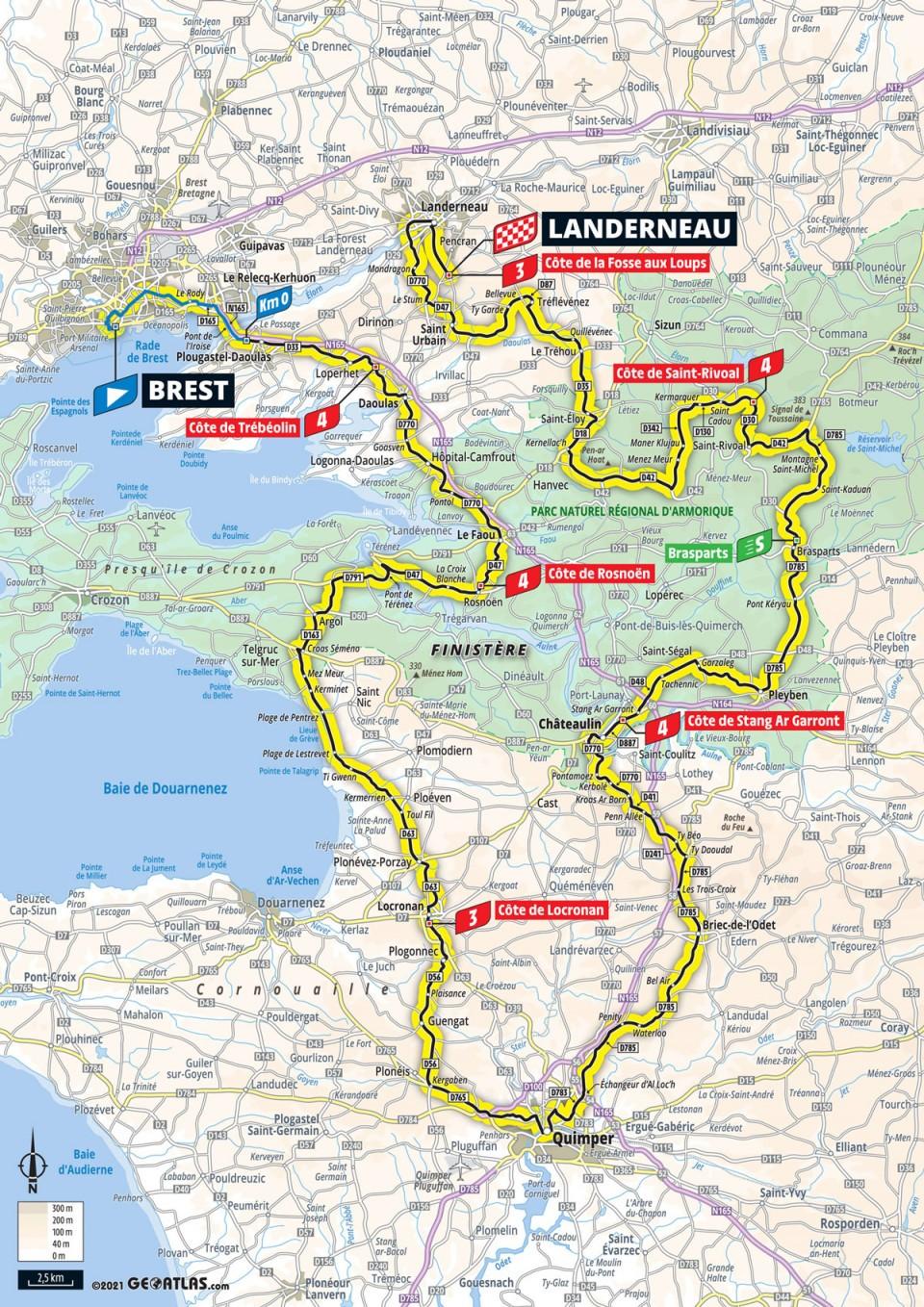
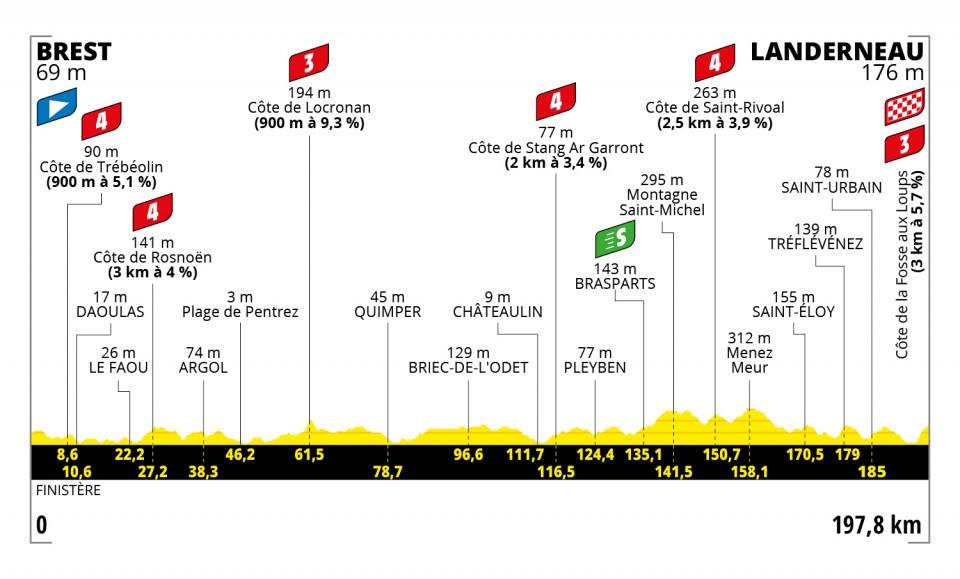


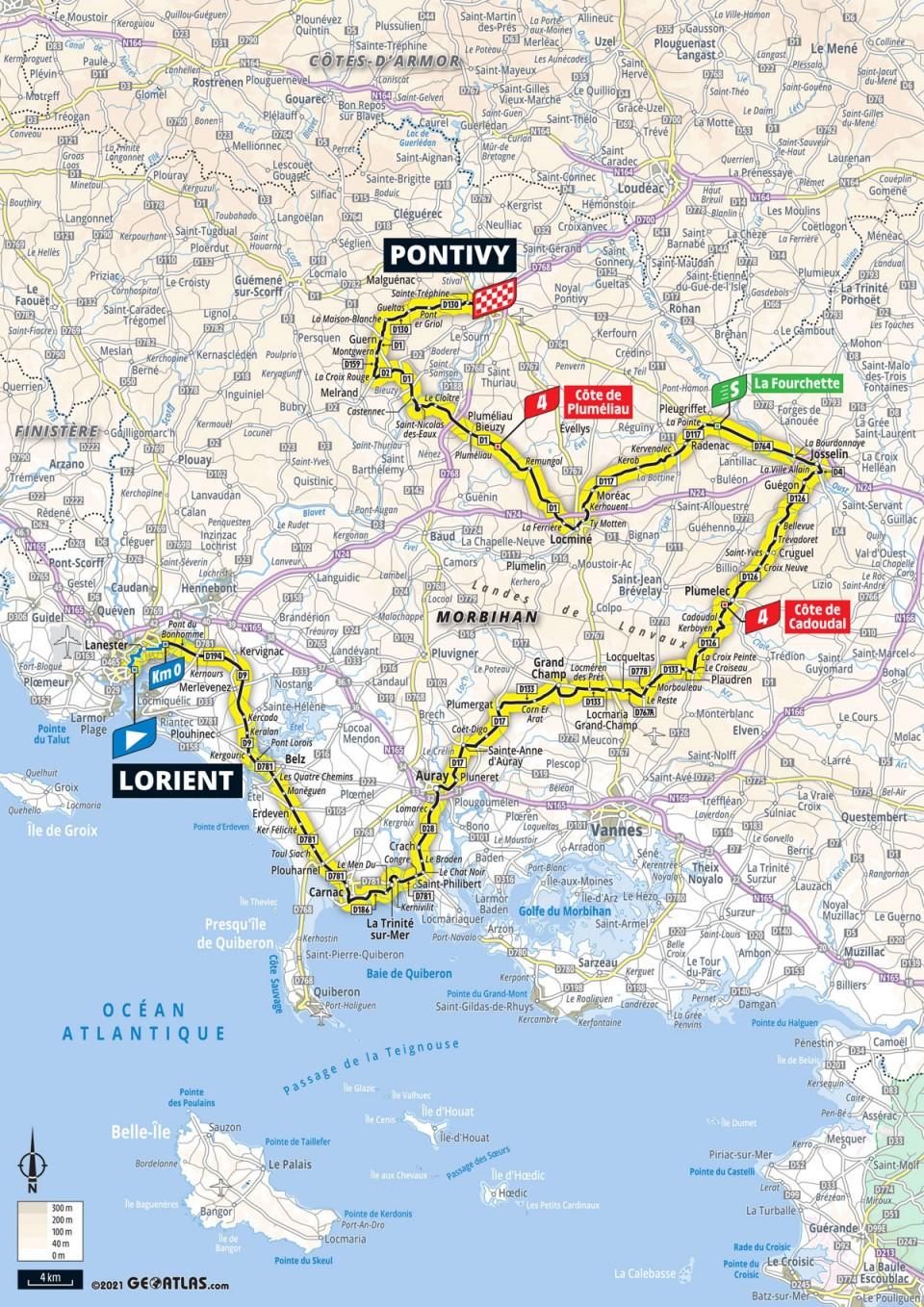

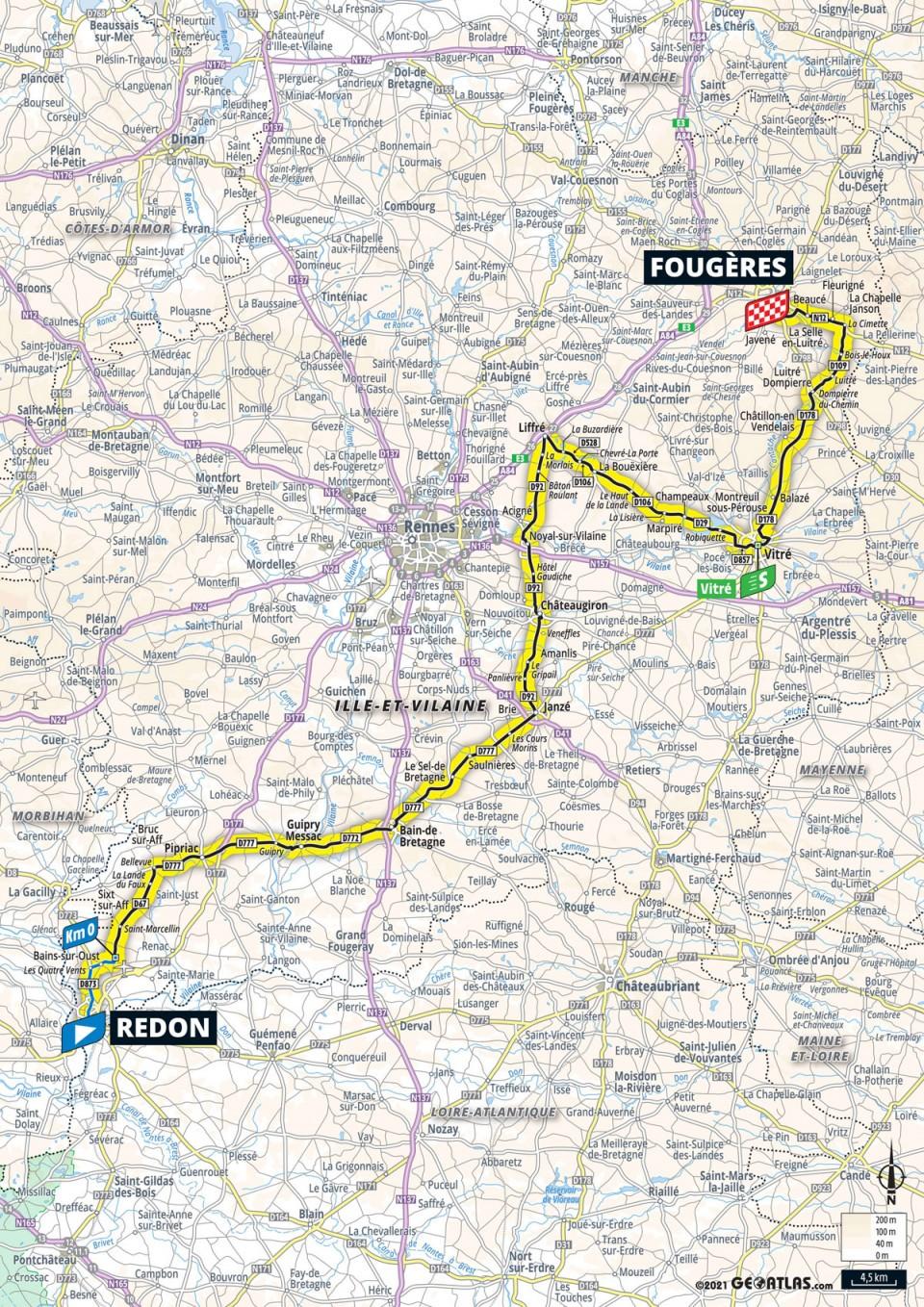

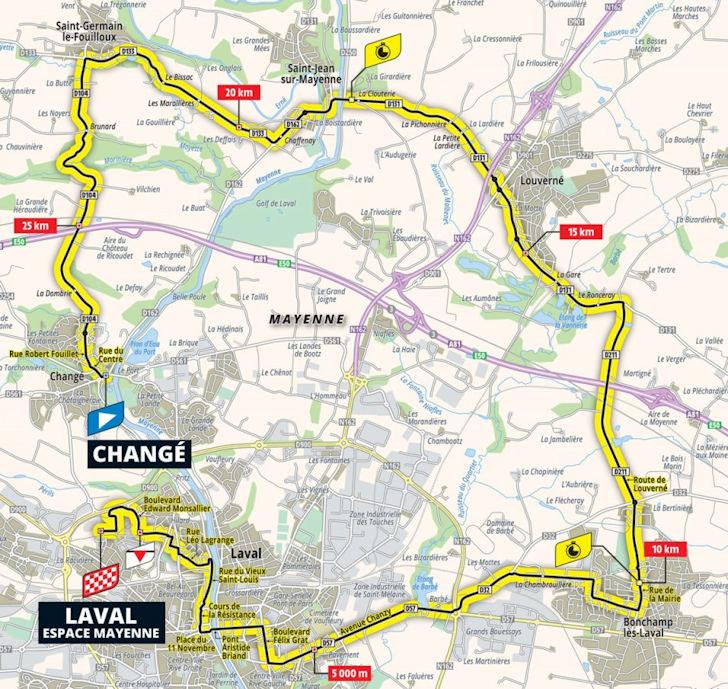

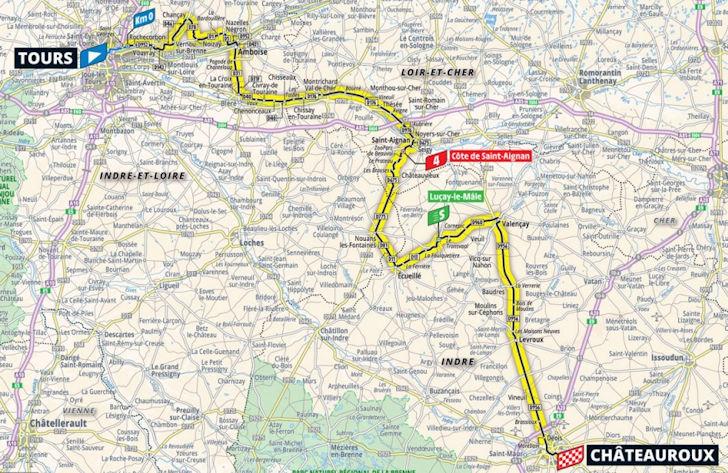

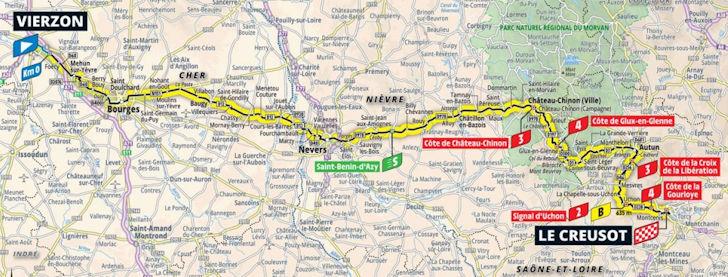
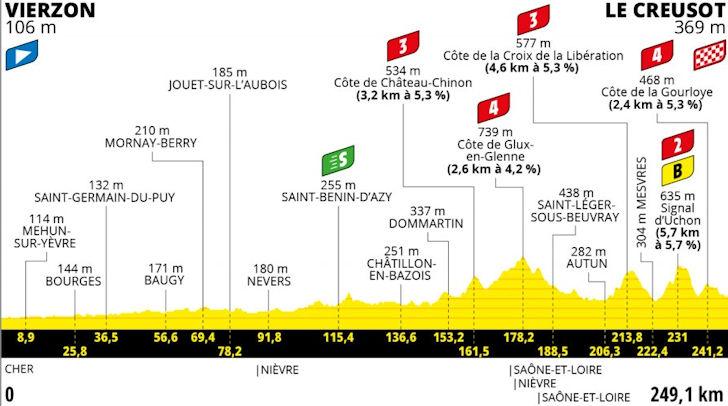





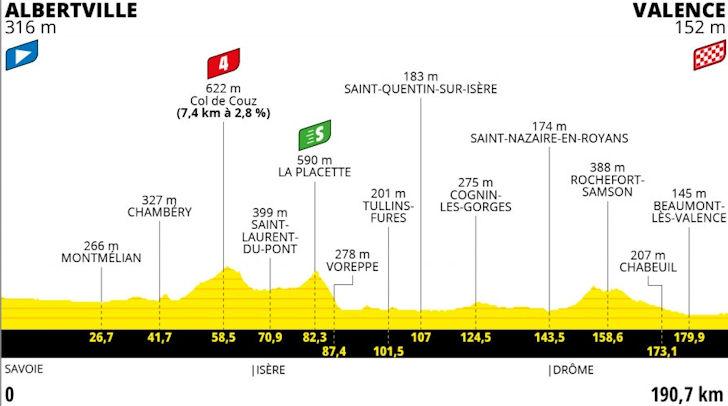
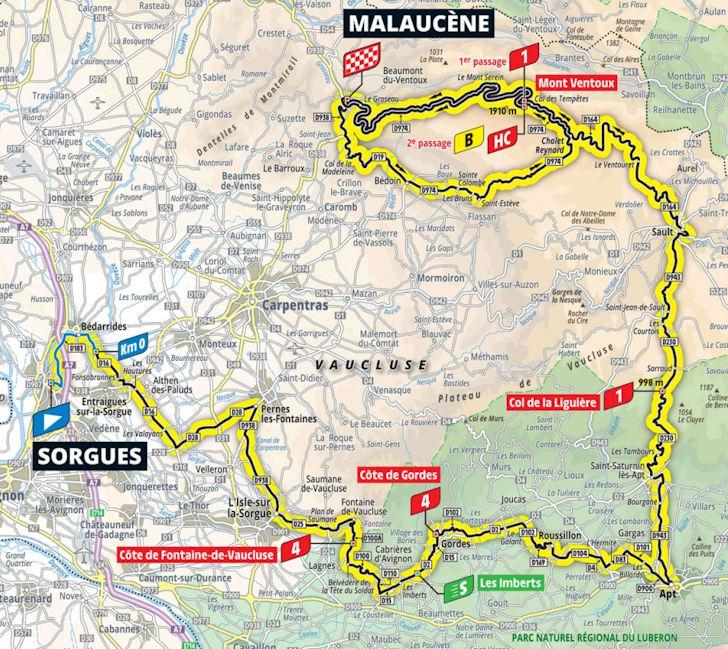
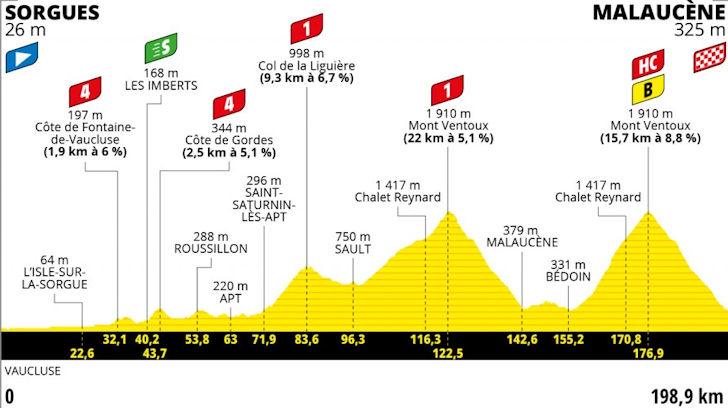

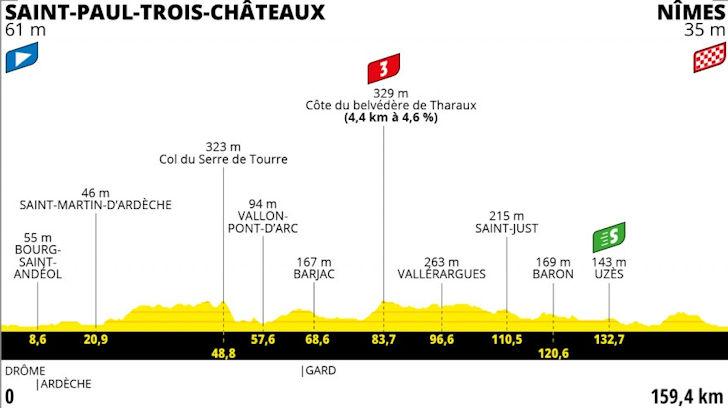



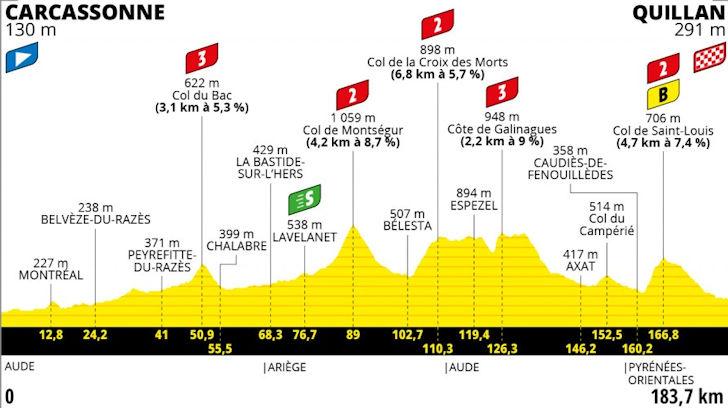

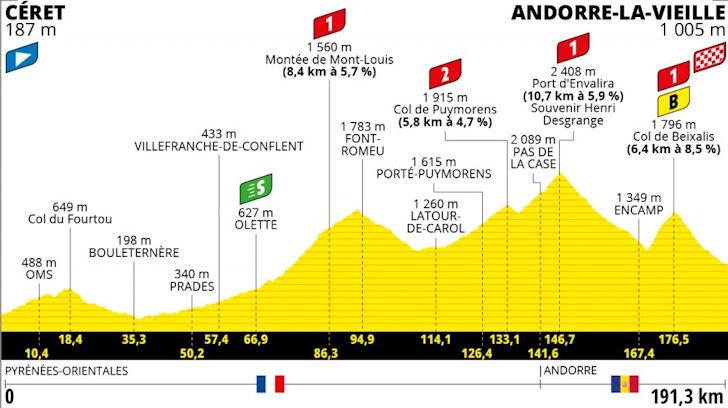

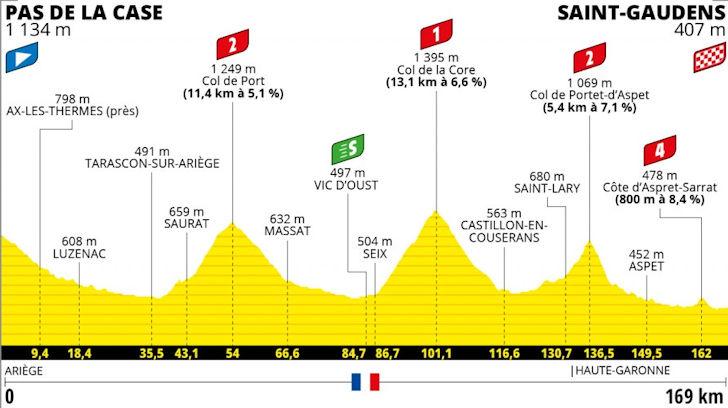
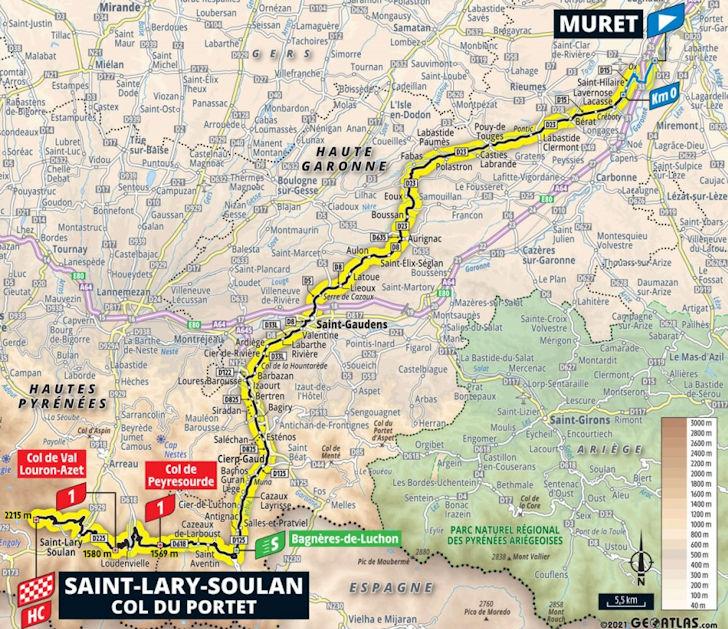


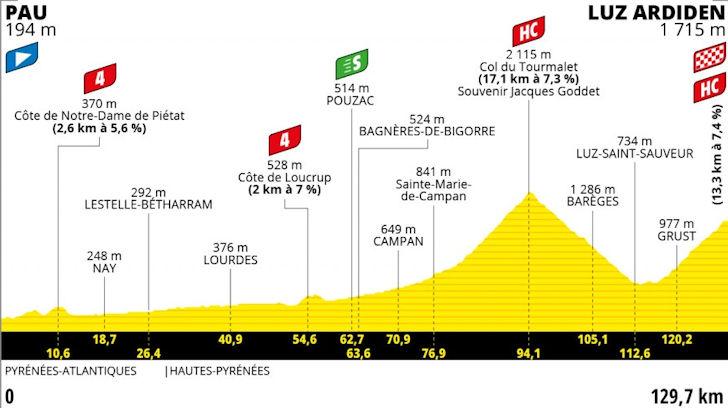

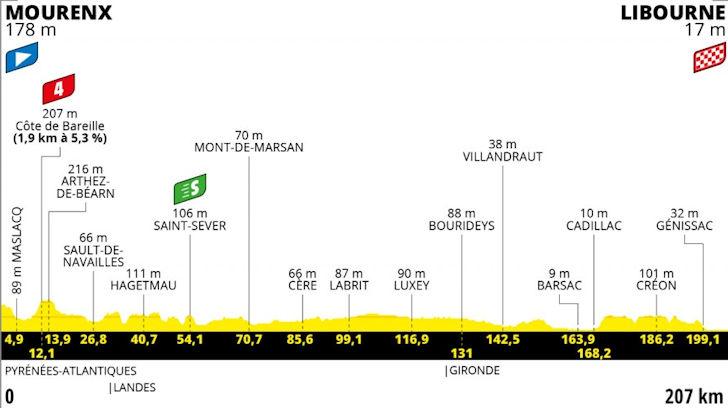


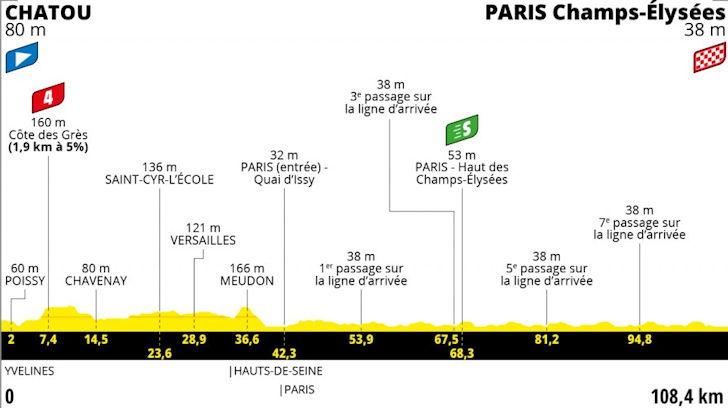
These people making daft anti cycling comments don't seem to realise that the greatest danger on our roads come from the motorists, there are so...
Ultimately the problem is humans. That is amplified by "mass motoring" - but even "professional drivers" mess up and kill....
Over on weight_weenies there's 310 pages of discussion on Light Bicycle so have a look there.
It's a thing... https://www.amazon.co.uk/Pilot-Carbon-Look-Decorative-Adhesive-Carbon/dp...
Went past this just after it had happened, straight road, just after a mini roundabout with traffic calming all the way down the road......
I'm marten you down for that one.
These are new valves, recently picked up for a deep section set, the 75mm long ones. So I suppose the sealant could have already gunked up the...
Educate yourself bellend.
I expected Vine to be the leader at UAE and that cost me. Cameron Scott was a bad choice, I expected him to sprint for the Aussie Team....
That doesn't follow at all. Reading a few news feeds and reshaping that into a story for the website requires considerably less resource than it...